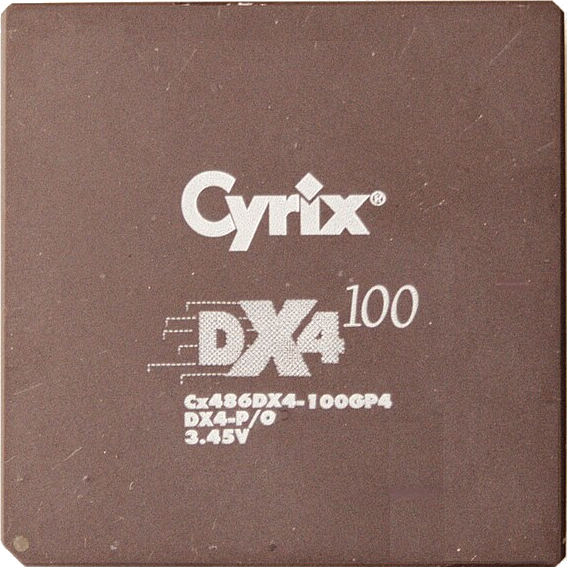

It is, but Signal and Matrix aren’t really all that similar. Matrix’s privacy is pretty atrocious. It stores tons of meta data about users all over the place. That’s the exact opposite of what Signal does.


It is, but Signal and Matrix aren’t really all that similar. Matrix’s privacy is pretty atrocious. It stores tons of meta data about users all over the place. That’s the exact opposite of what Signal does.


Ugh, Broadcom buying Intel would be terrible.


You need sampling at twice the frequency as a minimum to extract a time domain signal into the frequency domain. It says nothing about “perfect” especially when you’re listening in the time domain.
Yes it does. You can use a higher frequency, but that does not change anything except increase the maxiumum frequency possible. Even with perfect ears and the best equipment, there is no audible (and mathematical) difference to be had.
Everyone who claims otherwise should watch Monty’s explainer videos. I know they are quite old at this point, but everything he explains is still perfectly valid. If that does not convince you, nothing will.


It turns out that dynamic range is limited by the audio sampling rate and the human ear can easily detect a far greater range CD audio supports.
Dynamic range isn’t limited by the sampling rate. It is limited by the resolution, which is 16 bits for the audio CD. With that resolution you get a dynamic range of 96 dB when not using any dithering and even more than that when using dithering. Even with “only” 96 dB that dynamic range is so vast, that there is no practical use of a higher resolution when it comes to playback. I know that the human ear is supposed to be able to handle 130 dB or even more of dynamic range. The thing is, you can only experience such a dynamic range once, afterwards you are deaf. So not much point in such a dynamic range there.
There are good reasons to use a higher resolution when recording and mixing audio, but for playback and storage of the finished audio 16 bits of resolution is just fine.


Missed opportunity there, not being able to select all the other available USB-PD voltages. Not every circuit runs on 3.3 or 5 V.
There is also AMD and they are doing pretty well. I wouldn’t write off x86 just yet. But less competition is never a good thing, and Broadcom buying another company has never resulted in anything good, as far as I can tell. For anyone except Broadcom themselves.